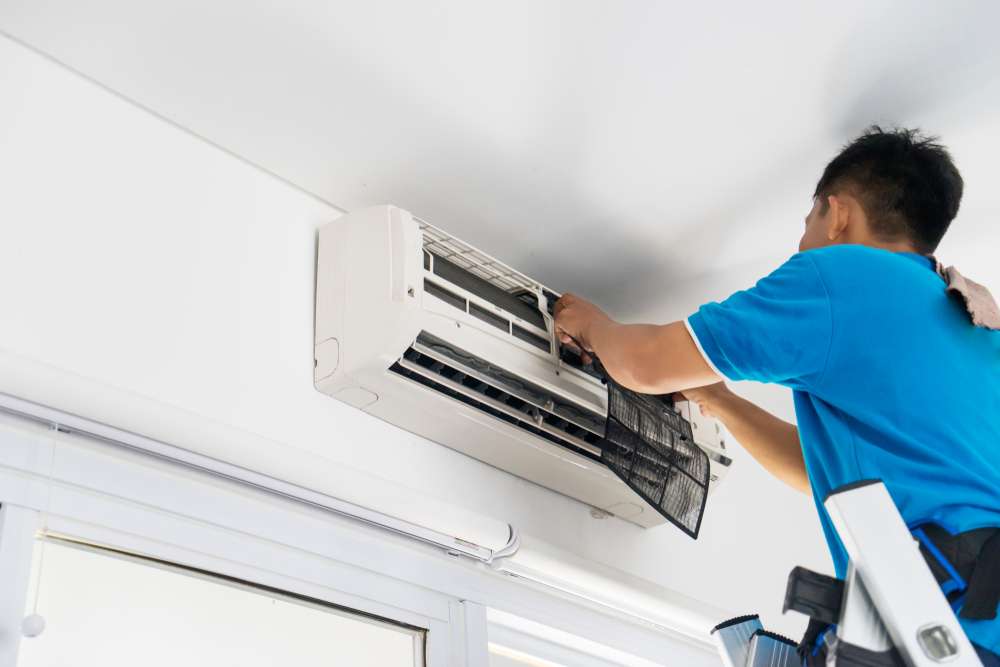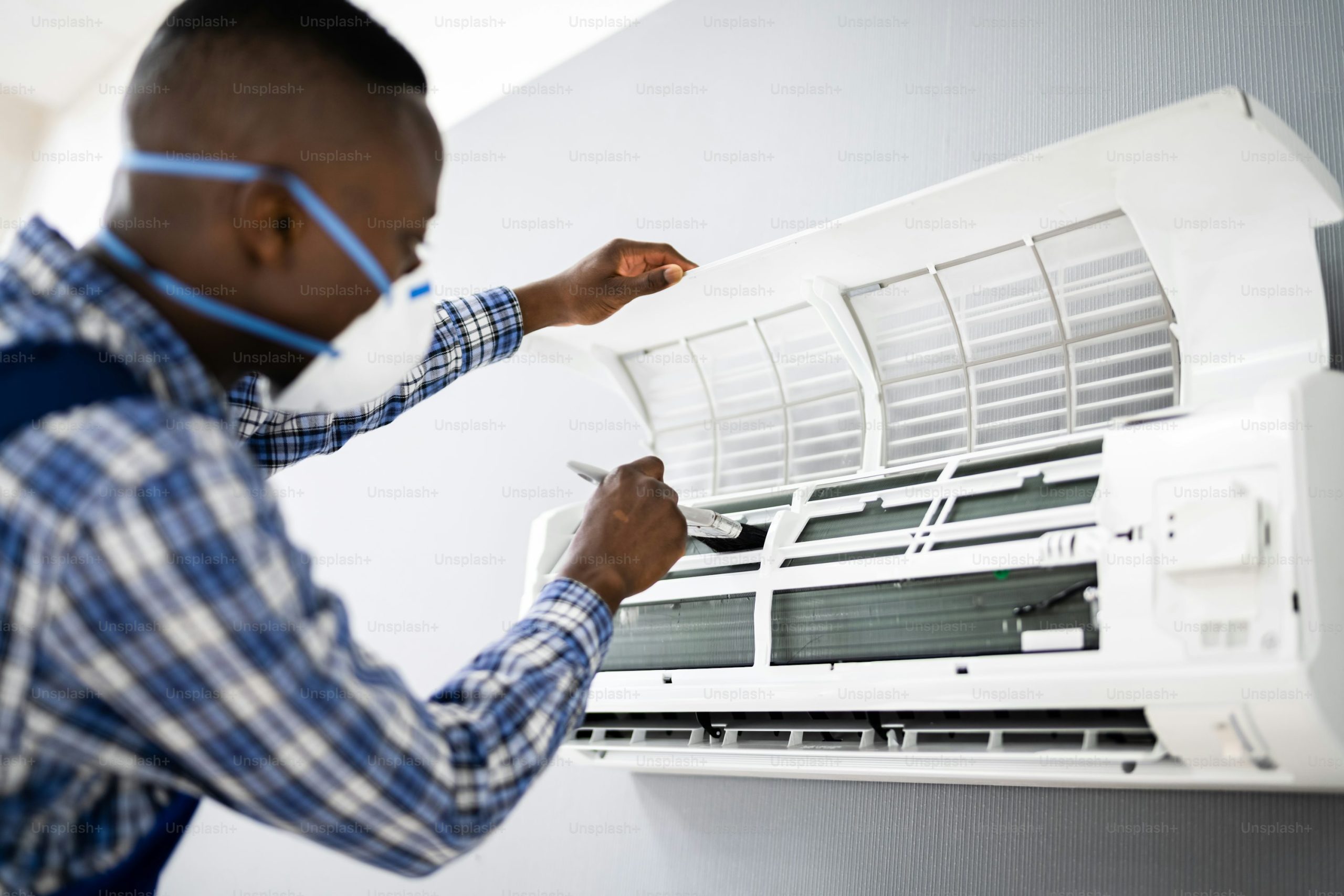
Graphic created by Northland Controls.
In the earliest days of the coronavirus pandemic, businesses suddenly had to think seriously about how they would cope with the need to prevent illnesses from spreading through their offices. Americans take pride in their ability to “power through” and get their work done no matter what, with 90 percent of workers admitting that they don’t take time off when they suffer from flu or cold symptoms.
Unfortunately, COVID-19 has the potential to be many magnitudes worse than a case of the sniffles. Although companies with work-from-home options have been able to compensate more or less over the past year, this has been a far-from-ideal situation for many. Nearly two-thirds of office workers say they prefer to work on-site for most of the week.
As restrictions begin to loosen and life slowly returns to a more normal level of activity, employers are faced with a dilemma. How can they ensure the health and safety of their employees in the least disruptive way?
Contact tracing, temperature screening and other techniques have been extremely valuable in fighting the spread of the pandemic, but companies can’t shut everything down every day to line everyone up and take their temperatures. Simply providing hand sanitizer and spreading out the tables in the break room won’t be as effective if one ultra-dedicated employee decides her fever isn’t enough to keep her from coming in for the day.
Promoting Safe Workplaces Without Disruption
Fortunately, there are a number of strategies employers and property managers can employ to keep everyone healthy without making too much of a fuss. First and foremost, workers must be allowed and encouraged to call in sick when they don’t feel well. A large number of people push through their symptoms because they don’t want to give the impression they’re lazy. This means the right messaging from their employer can make them more comfortable with taking sick leave and therefore prevent exposing their co-workers to disease.
Technology also plays a central role in minimally-invasive health and safety protocols. For example, digital tracking systems can be used to automatically track the number of people who come in and out of the workplace every day, as well as their self-reported health status. If needed, these systems also can be used to limit visitor and employee access. Thermographic equipment can scan an area and identify people with elevated skin temperatures, helping determine if the person entering the building is symptomatic. Handheld infrared thermometers also can serve the same purpose to check each person as he or she enters the property.
The type of screening techniques you use in your workplace may depend on the size of your workforce, the industry you’re in or the physical environment in which you do business. No matter what works best for you, there are ways you can incorporate screening processes into your day-to-day operations without burdening your employees or hurting your productivity. To learn more about how to achieve this, take a close look at the accompanying resource for additional tips and ideas.





